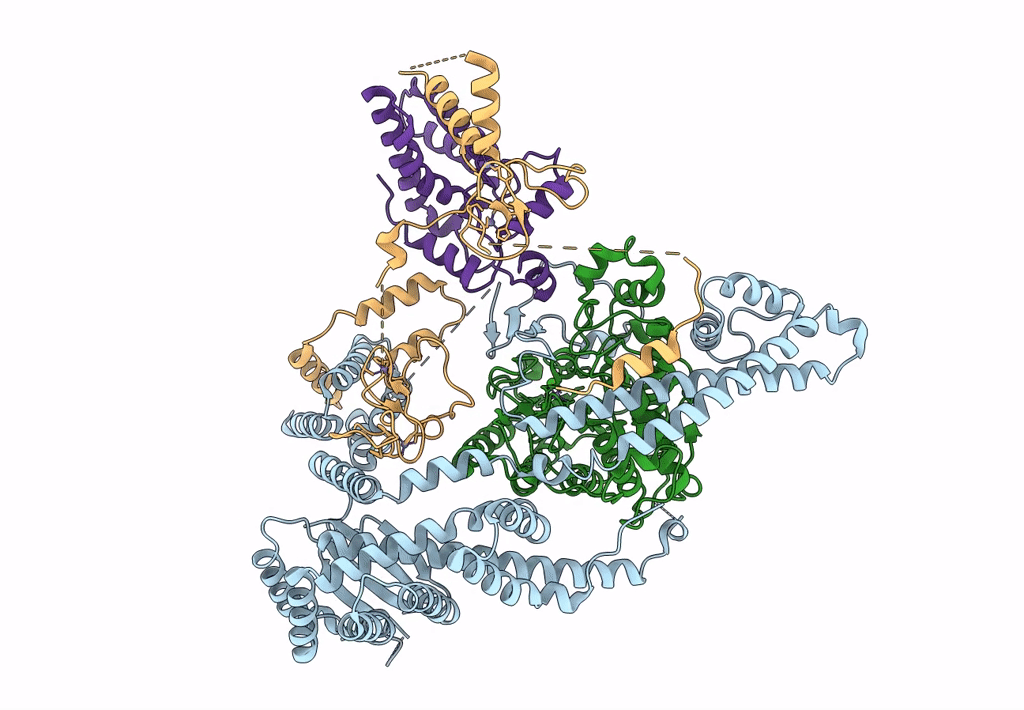
Deposition Date
2023-01-10
Release Date
2023-05-10
Last Version Date
2025-07-02
Entry Detail
PDB ID:
8C60
Keywords:
Title:
Cryo-EM structure of the human SIN3B full-length complex at 3.4 Angstrom resolution
Biological Source:
Source Organism:
Homo sapiens (Taxon ID: 9606)
Host Organism:
Method Details:
Experimental Method:
Resolution:
3.40 Å
Aggregation State:
PARTICLE
Reconstruction Method:
SINGLE PARTICLE


